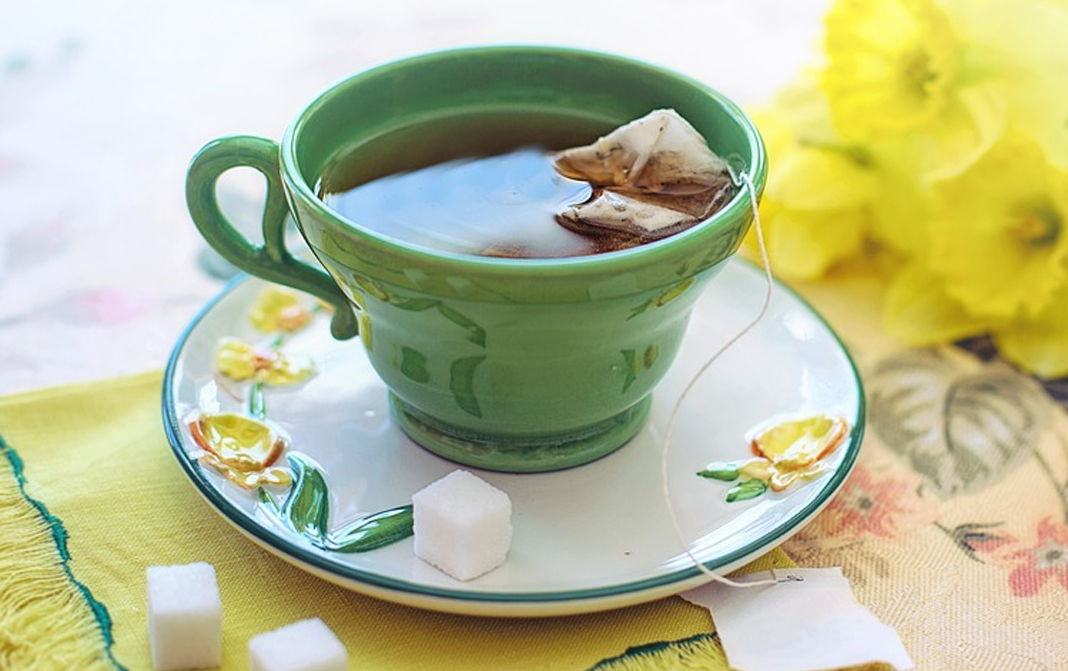


Always go for a good brand of green tea that undergoes the best processing method. It should be properly sealed so that it does not get stale, while, it should be kept in mind that they do not expire.
Green tea contains caffeine that may cause stomach problems, nausea, headache and insomnia.(2)
- Disclaimer
"Information here is provided for discussion and educational purposes only. It is not intended as medical advice or product or ingredient review/rating. The information may not apply to you and before you use or take any action, you should contact the manufacturer, seller, medical, dietary, fitness or other professional. If you utilize any information provided here, you do so at your own risk and you waive any right against Culinary Communications Private Limited, its affiliates, officers, directors, employees or representatives.”
Description
Green tea is generally a type of tea, which is made from Camellia sinensis leaves and buds that does not undergo the same withering and oxidation process used for making oolong tea and black tea. Although green tea originated in China, its production and manufacturing have spread to the neighbouring countries in East Asia. there are a number of varieties of green tea, that substantially differs on the variety of C. Sinensis used, growing condition, horticultural methods, time of harvest, production processing. A brewed green is usually green, yellow or light brown in colour. It has a varied flavour that ranges from grass-like and toasted ( panfried ) to vegetal, sweet and seaweed-like ( steamed ). And if the green tea is brewed in the correct manner, then it gives a mildly astringent flavour with a light colour. According to a popular legend, Shennong, the Emperor of China and supposed inventor of Chinese medicine, discovered tea as a beverage. There are varieties of green tea, and the most popular ones hail from its place of origin, ie, China and Japan. Thereby, the Chinese type of green tea is characterised by pan-frying, where tea leaves are heated in a basket, pan or mechanized rotating drum to put a stop at the very oxidation process. While the Japanese type og green tea is characterized by steaming and the steaming process emits a unique flavour generally described as sweet, vegetal or seaweed like. Spme popular Japanese green tea includes Sencha, generally made from tea leaves, which are steamed and then rolled into lon thin strands. Another one happens to be Hojicha, where sencha is rosted over high heat to produce Hojicha that has a unique nutty flavour. Genmaicha is a blend of sencha and roasted, and popped rice, likewise, there is Gyokoro and Matcha that considered as one of the most treasured tea in Japan. The caffeine content in green is less than black tea and much less than coffee.